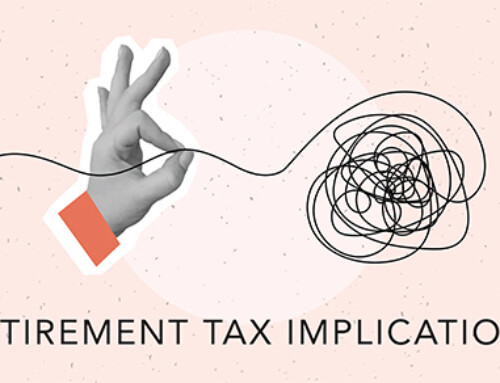Information form irs.gov
It’s important to use the right filing status when you file your tax return. The status you choose can affect the amount of tax you owe for the year. Remember, your marital status on Dec. 31 is your status for the whole year. Sometimes more than one filing status may apply to you. If that happens, choose the one that allows you to pay the least amount of tax.
Five filing statuses:
- Single. This status normally applies if you aren’t married. It applies if you are divorced or legally separated under state law.
- Married Filing Jointly. If you’re married, you and your spouse can file a joint tax return. If your spouse died in 2015, you can often file a joint return for that year.
- Married Filing Separately. A married couple can choose to file two separate tax returns. This may benefit you if it results in less tax owed than if you file a joint tax return. You may want to prepare your taxes both ways before you choose. You can also use it if you want to be responsible only for your own tax.
- Head of Household. In most cases, this status applies if you are not married, but there are some special rules. For example, you must have paid more than half the cost of keeping up a home for yourself and a qualifying person. Don’t choose this status by mistake. Be sure to check all the rules.
- Qualifying Widow(er) with Dependent Child. This status may apply to you if your spouse died during 2013 or 2014 and you have a dependent child. Other conditions also apply.
If you are unsure of which filing status applies to you, give us a call and we will help you sort through the choices.





